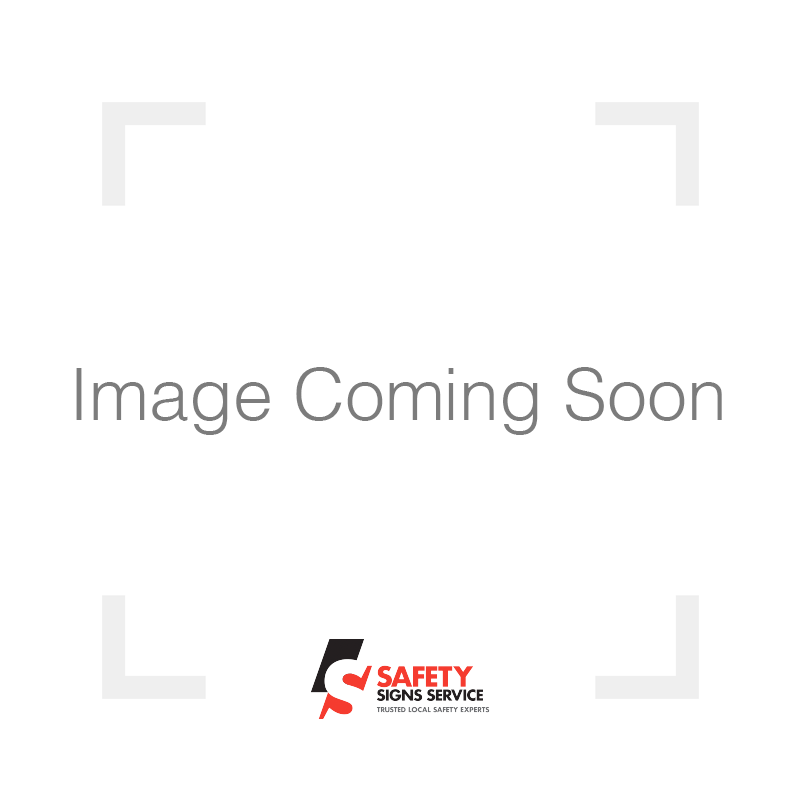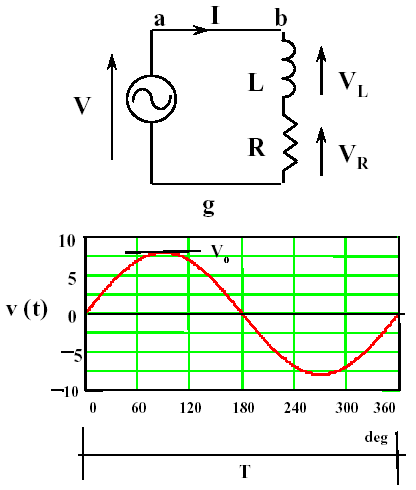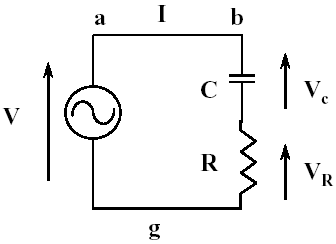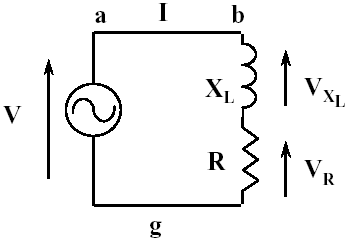- Aviation Regulated Solid or Liquid Any material, which has narcotic, noxious, irritating or other properties such that, in the event of spillage or leakage on an aircraft, could cause extreme annoyance or discomfort to crew members so as to prevent the correct performance of assigned duties. The materials included under this proper shipping name must not meet any of the definitions for Classes 1 through 8.
- Magnetized Material Any material which, when packed for air transport, has a maximum magnetic field strength sufficient to cause a compass deflection of more than 2 degrees at a distance of 2.1 m from any point on the surface of the assembled package. The magnetic field strength at the compass producing a 2 degree deflection is taken to be 0.418 A/m (0.00525 Gauss). Masses of ferro-magnetic metals such as automobiles, automobile parts, metal fencing, piping and metal construction material, even if not meeting the definition of magnetized materials may affect aircraft compasses, as may packages or items which individually do not meet the definition of magnetized materials but cumulatively may have a magnetic field strength of a magnetized material.
- Elevated Temperature Substances Substances that are transported or offered for transport at temperatures equal to or exceeding 100°C in a liquid state or at temperatures equal or exceeding 240°C in a solid state (these substances may only be carried under the provisions of 2.1.2).
- Environmentally Hazardous Substances Environmentally Hazardous substances (aquatic environment) are those that meet the criteria in 2.9.3 of the UN Model Regulations or that meet criteria in national or international regulations established by the appropriate national authority in the State of origin, transit or destination of the consignment. Substances or mixtures dangerous to the aquatic environment not presenting a danger covered by other classes, must be assigned to packing group III and designated:
- UN 3077 Environmentally hazardous substance, solid, n.o.s.; or
- UN 3082 Environmentally hazardous substance, liquid, n.o.s.
- Genetically Modified Micro-Organisms (GMMOs) or Genetically Modified Organisms (GMOs) Genetically modified micro-organisms (GMMOs) and genetically modified organisms (GMOs) are micro-organisms and organisms in which genetic material has been purposely altered through genetic engineering in a way that does not occur naturally. However, GMMOs or GMOs are not subject to these Regulations when authorized for use by the appropriate national authorities of the States of origin, transit and destination. While, genetically modified live animals must be transported under terms and conditions of the appropriate national authorities of the States of origin and destination.
- Lithium Batteries Cells and batteries, cells and batteries contained in equipment, or cells and batteries packed with equipment, containing lithium in any form must be assigned to UN 3090, UN 3091, UN 3480 or UN 3481, as appropriate. They may be transported under these entries if they meet the following provisions:
- each cell or battery is of the type proved to meet the requirements of each test of the UN Manual of Tests and Criteria, Part III, subsection 38.3. However, batteries and cells manufactured before 1 January 2014 conforming to a design type tested according to the requirements of the 5th revised edition of the UN Manual of Tests and Criteria, Part III, subsection 38.3 may continue to be transported;
- each cell and battery incorporates a safety venting device or is designed to preclude a violent rupture under conditions normally incident to transport;
- each cell and battery is equipped with an effective means of preventing external short circuits;
- each battery containing cells or series of cells connected in parallel is equipped with effective means as necessary to prevent dangerous reverse current flow (e.g., diodes, fuses, etc.);
- cells and batteries must be manufactured under a quality management program that includes:
- a description of the organizational structure and responsibilities of personnel with regard to design and product quality;
- the relevant inspection and test, quality control, quality assurance, and process operation instructions that will be used;/
- process controls that should include relevant activities to prevent and detect internal short circuit failure during manufacture of cells;
- quality records, such as inspection reports, test data, calibration data and certificates. Test data must be kept and made available to the appropriate national authority upon request;
- management reviews to ensure the effective operation of the quality management programme;
- a process for control of documents and their revision;
- a means for control of cells or batteries that are not conforming to the type tested as mentioned in 1) above;
- training programmes and qualification procedures for relevant personnel; and
- procedures to ensure that there is no damage to the final product.
- Miscellaneous Articles and Substances Examples included in this class:
- Asbestos
- Carbon dioxide, solid (dry ice)
- Consumer commodity
- Chemical and First aid kits
- Life-saving appliances
- Engines, internal combustion
- Vehicles (flammable gas powered), Vehicles (flammable liquid powered)
- Polymeric beads
- Battery-powered equipment or vehicles
- Zinc dithionite
In house quality management programmes may be accepted. Third party certification is not required, but the procedures listed in 1. to 9. above must be properly recorded and traceable. A copy of the quality management programme must be made available to the appropriate national authority upon request.





